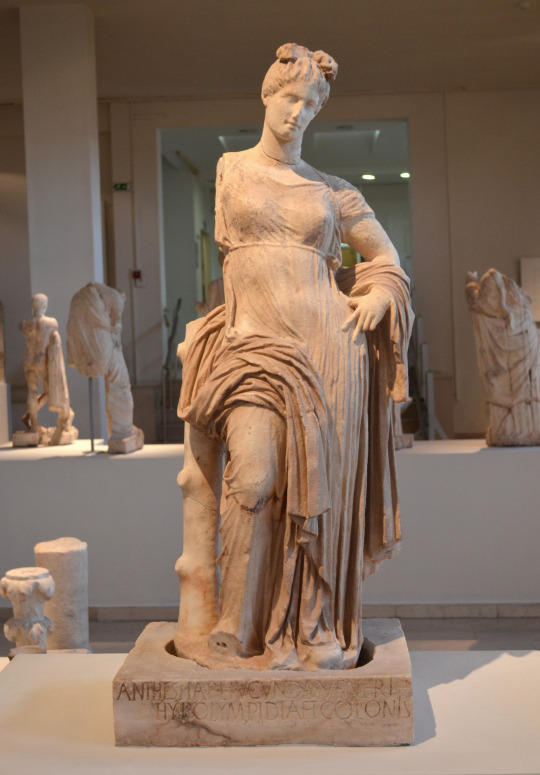
The Nekromanteion of Acheron:
The ancient nekromanteion or nekyomanteion (oracle of the dead) is in the nomos (county) of Preveza, on the north bank of the river Acheron. The region as a place of contact with the dead is also mentioned in Homer’s Odyssey; Odysseus arrives at the site in order to contact the spirit of Tiresias.
In ancient times the sanctuary belonged to the Thesprotians, one of the early greek tribes that settled Epirus at about 2000 B.C. Mycenaean installations dating from the 14th c. B.C have been noted in the region, Ephyra, 500m to the north of the sanctuary.
The sanctuary was discovered on the crest of a rocky hill, beneath the ruins of the monastery of St. John the Baptist (18th century), during excavations conducted by professor Sotirios Dakaris in the years 1958-1964 and 1976-1977.
The most important finds come from the basement of the sanctuary, where the crypt was. There the remains of a device were found, a kind of crane used to make the figures of the deceased appear to the pilgrims. This may have also been the reason why the walls in the main sanctuary were so thick, making it possible to create secret passageways along which the priests could move unobserved.
The devices combined with the side-effects of the special diet of beans and lupins to which pilgrims were subjected, created the necessary preconditions for communicating with the souls of the dead.
Visitors departed from a different road than the one they had arrived from at the sanctuary and were required to keep silent about what they had seen and heard to avoid being impious towards the deities of the Underworld.
The nekromanteion was burned down by the Romans in 167 B.C. The courtyard was reoccupied in the 1st century. According to Dietwulf Baatz the sanctuary might not have been a sanctuary at all, but a Hellenistic fortified private residence due to the great number of agricultural tools and fishing equipment that was found, along with the limited number of religious figurines*.
(text/translation by Ioulia Katsadima)
*Though the site might have been reused as a residence, it was not uncommon to devote common utensils to a sanctuary. Τhe site could have also been looted since it was discovered relatively late by archaeologists of the state. Religious objects might have also been destroyed by the residents of the monastery in the 18th century. Churches and monasteries were habitually founded on top of or even within ancient sanctuaries in an effort to exorcise the “old pagan daemons” from these places and sanctify them.








































